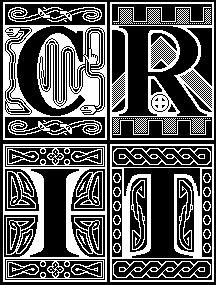Opportunities for Academic Computing Services
Dr. Bart Thurber & Dr. Jack W. Pope, University of San Diego
- I. Long-term trends
- Colleges and universities today find themselves immersed in technology. Over the past decade, the demand for computing power for research and instruction has resulted in the creation of thousands of faculty research labs, special purpose discipline-centered computing labs, remediation facilities, and vast public access labs for word processing, document processing and other generic computing tasks.
- II. Concrete Goals
- In the 1990s, educators will find themselves more and more in control of information tools that will enable them to teach and do research in their discipline in a variety of new ways. These long term trends present opportunities for both academic departments and university instructional computing services to effect wide ranging changes in how computing now fits in the university environment.
- III. Examples of Success
- It would be unfair to say that institutions of higher education have had no success in weaving computing into the instructional fabric of their institutions. All of us have met both success and failure to one degree or another. Many excellent examples have been documented in the literature. The authors would like to provide two such positive examples based on personal experience.
- IV. Challenge of the Computer Revolution
- The challenge, however, is to capitalize on these trends through cooperative computing efforts aimed at centering the use of computing tools in the disciplines themselves. Convenient departmental, preferably individual office access to campus library bibliographic resources as well as national data bases and data services is critical to scholarship and research.
